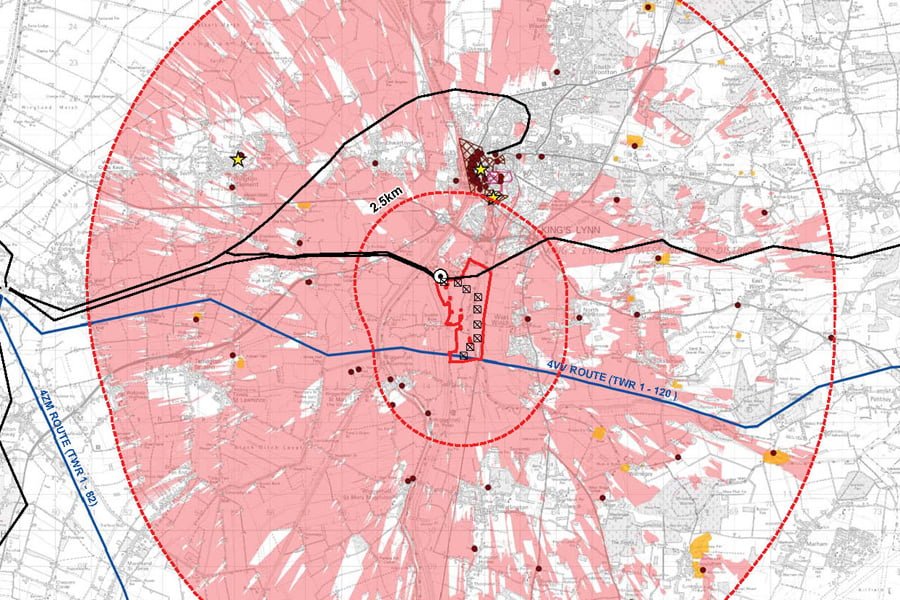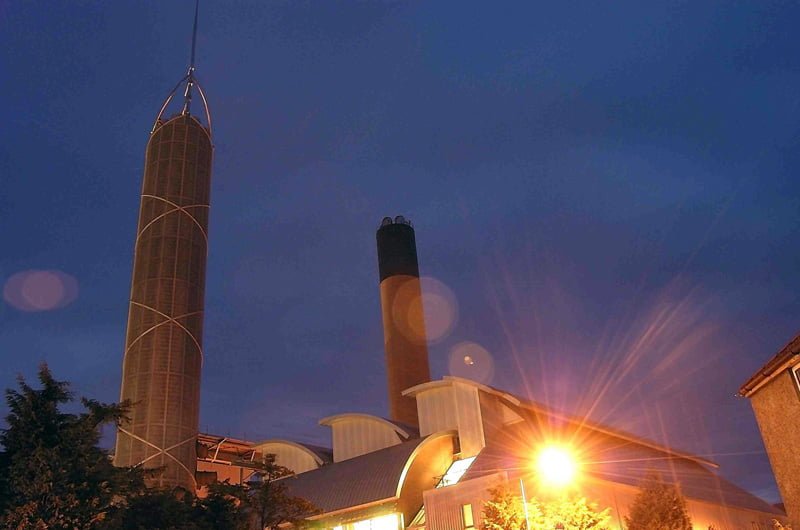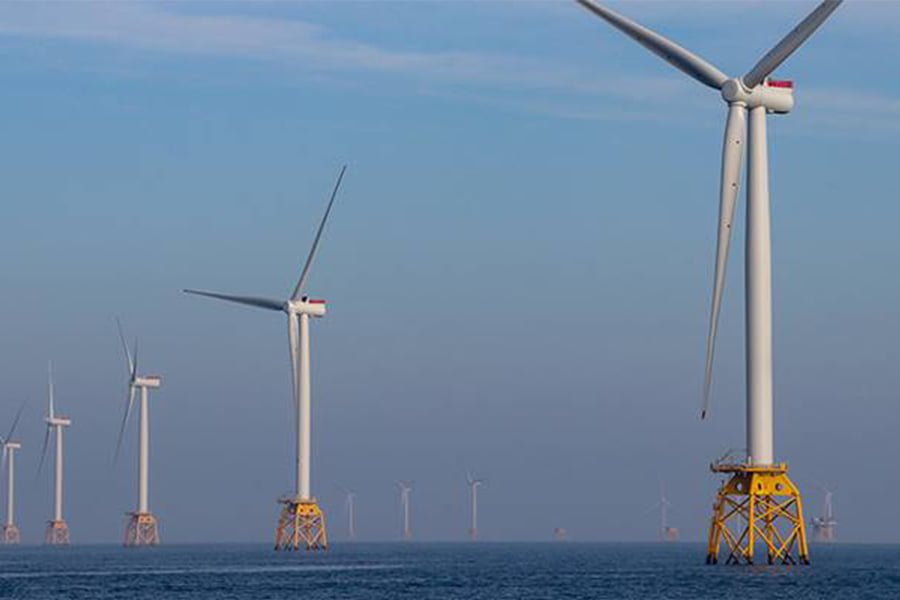The project is a new overhead line to connect a new gas-fired power station to the national high voltage electricity transmission system. This is a Nationally Significant Infrastructure Project (NSIP), which was formally examined in 2013.
TEP has been lead environmental consultant to the King’s Lynn project since 2008. We first identified the possible route connection corridors and consulted on options with regulators, local and county councils, non-governmental organisations and members of the local community.
TEP’s Chartered Landscape Architects undertook a detailed landscape and visual assessment as the project is in a flat and open fen landscape with little opportunity for screening or visual mitigation. A strong feature of the landscape is the ‘big skies’ associated with fenland. The visual assessment considered views from public and private viewpoints including residences, rights of way, community facilities and heritage assets.
TEP produced verified photomontages in accordance with Landscape Institute best practice guidelines. TEP also provided input to, and review of, a 3D model of the overhead line produced by a specialist modelling company.
Our ecologists carried out a range of surveys. Water voles are present in ditches throughout the area, so a vole protection plan was agreed with Natural England and Environment Agency.
The project lies between two internationally important bird areas, The Wash and the Ouse Washes, both designated as Special Protection Areas and Ramsar Sites. The Habitats Regulation Assessment for the project required detailed surveys of wildfowl wintering and migration flights, culminating in a collision risk assessment for whooper swans. Thankfully the choice of route corridor and alignment meant that no significant effects were predicted.
TEP also prepared the Environmental Impact Assessment and a Sustainability Appraisal for the project. TEP provided expert witness services to the Planning Inspectorate’s Examination of the Project and assisted National Grid’s lawyers in the formulation of the Development Consent Order.














